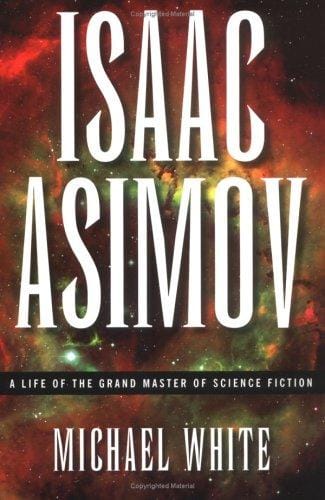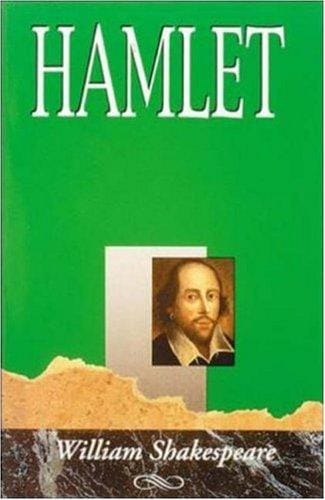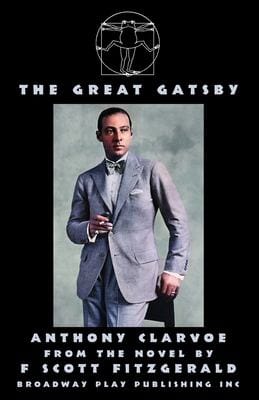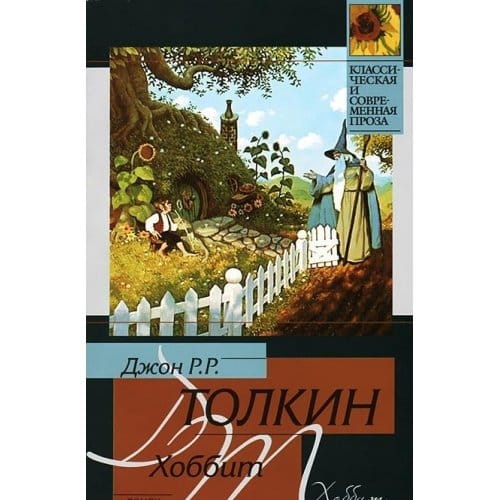Cat's Cradle: A Deep Dive into Vonnegut's Apocalyptic Satire
Discover the plot, characters, and big ideas inside Kurt Vonnegut’s darkly comic novel Cat's Cradle, and learn why its prophetic warnings still matter today.
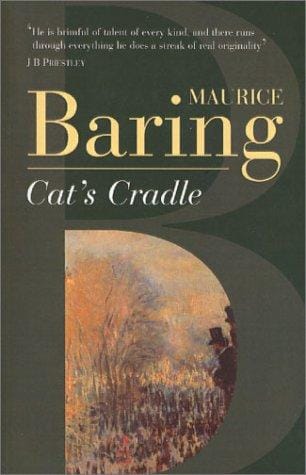
Introduction
Kurt Vonnegut's 1963 novel Cat's Cradle remains one of the sharpest, funniest, and most unsettling works of twentieth-century fiction. A slim volume that blends science fiction, black comedy, and philosophical inquiry, the book follows an everyman narrator as he uncovers the absurd chain of events leading to the end of the world. With its memorable concept of Ice-Nine, its invented religion of Bokononism, and its razor-edged satire of militarism and scientific hubris, Cat's Cradle continues to attract new readers and provoke urgent conversations about responsibility and belief.
Plot Overview of Cat's Cradle
The story begins with John—who prefers to be called Jonah—researching what famous Americans were doing on the day the atomic bomb was dropped on Hiroshima. His quest leads him to the late Dr. Felix Hoenikker, a Nobel Prize–winning physicist hailed as one of the fathers of the bomb. Jonah interviews Hoenikker's three eccentric children and colleagues, gradually piecing together a second, even more dangerous invention: Ice-Nine, a crystalline form of water that freezes everything it touches at room temperature.
Jonah's investigation takes him to the impoverished Caribbean island of San Lorenzo, where Hoenikker's children have bartered fragments of Ice-Nine for political favors. A coup, a plane crash, and an ill-timed experiment cause the substance to spill into the ocean, flash-freezing the planet and bringing about instant global apocalypse. The novel ends with Jonah and the founder of Bokononism contemplating whether to write a final chronicle or simply lie down and die.
Main Characters and Their Roles
Jonah functions as the reader's guide, a journalist forced to confront his own complicity in the stories he tells. Dr. Felix Hoenikker, though dead before the narrative begins, haunts every page as the archetype of brilliant yet morally detached science. His daughter Angela wields Ice-Nine for the sake of social standing, while her brothers pursue personal obsessions: Frank trades his portion for political power, and Newt seeks fleeting love despite his cynicism. Dictator "Papa" Monzano embodies political opportunism, using Ice-Nine as a last-ditch deterrent. Finally, Bokonon—the island's outlawed prophet—offers a religion built on harmless lies that nevertheless nurture hope.
Science, Religion, and Satire: Core Themes
Vonnegut's most piercing theme is the ethical vacuum in which technological innovation often occurs. Dr. Hoenikker views both the atomic bomb and Ice-Nine as intellectual games, indifferent to real-world consequences. Through him, the novel asks whether pure curiosity can ever be morally neutral once weaponized.
Religion enters the story as a counterweight. Bokononism openly admits that its teachings are fabrications, yet its followers find genuine comfort. By juxtaposing a fake but compassionate faith with the cold precision of "real" science, Cat's Cradle suggests that meaning matters more to the human spirit than factual accuracy.
The book's humor—the calypsos, the bureaucratic absurdities, the deadpan narration—functions as a satirical scalpel. Laughter exposes the madness of a culture that can celebrate Nobel laureates while ignoring the existential threats their breakthroughs produce. In the closing pages, the joke curdles into horror, making the satire all the more potent.
Why Cat's Cradle Still Matters Today
Nearly six decades after publication, Cat's Cradle feels less like speculative fiction and more like a coded warning about contemporary crises. Ice-Nine prefigures climate-change tipping points, synthetic biology, and artificial intelligence—technologies capable of reshaping the planet faster than our ethics can adapt. The novel also critiques disinformation and the allure of simple narratives. In an age of social media echo chambers, Bokononism's frank admission that it is based on lies sounds refreshingly honest, prompting readers to ask which comforting myths they themselves endorse.
Reading Tips for First-Time Travelers to Ilium
1. Keep a notebook handy. Vonnegut sprinkles invented terms like karass, wampeter, and sinookas that reward quick jotting and reflection. 2. Read the short chapters in bursts; their punch-line endings mirror the rhythm of stand-up comedy. 3. Pay attention to names—many are sly jokes or biblical references that foreshadow character arcs. 4. Do not worry about deciphering every symbol on the first pass. Cat's Cradle invites rereading, and each return trip yields fresh insights.
Conclusion
Cat's Cradle endures because it refuses easy answers. It condemns blind faith in both gods and gadgets while acknowledging humanity's need for stories that make existence bearable. By blending apocalyptic stakes with sardonic wit, Vonnegut reminds us that the line between progress and annihilation can be as thin—and as fragile—as a cat's cradle of string.
